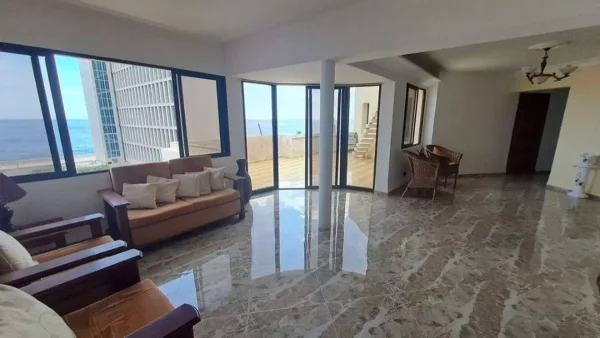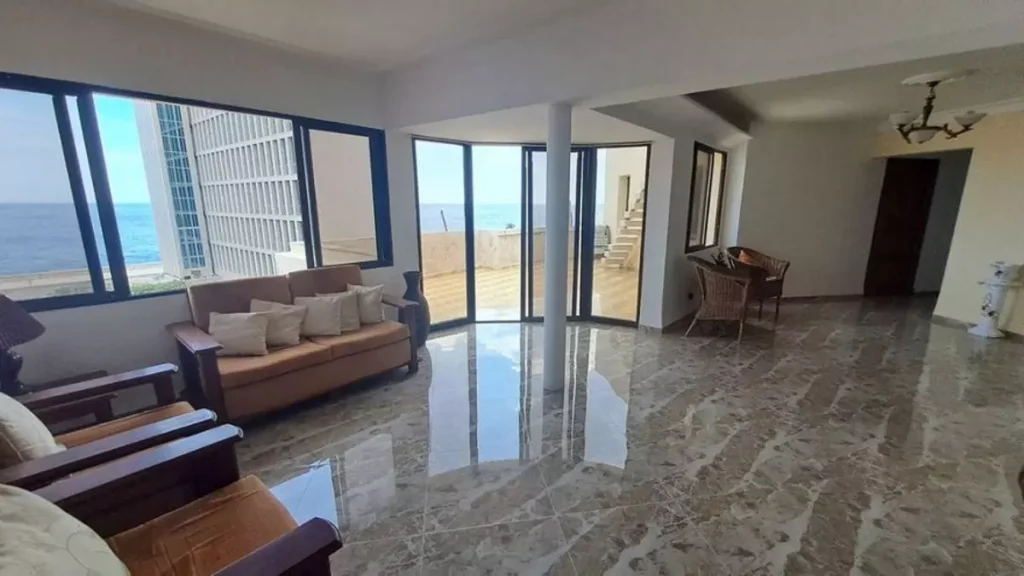
Even some of the gigantic mansions in Havana’s exclusive Siboney that were confiscated after the 1959 Revolution are now up for sale.
By Natalia Lopez and Juan Diego Rodriguez (14ymedio)
HAVANA TIMES – Juan Carlos, 52, divides his attention between Milan and Havana. His children, his wife and his parents all reside in Italy, but for two years he’s been back and forth to the Cuban capital, trying to sell a large house in the El Vedado district. The house, he says, has given him “more headaches than my allergies.” Located close to Linea Street, the house is part of a life project that “grew and eventually failed.”
At the end of the nineties, Juan Carlos won a scholarship to an Italian university as an artist. When he departed from the “Jose Marti” International Airport, he knew “there was no going back,” and that he needed to forge a life outside the island. “I’d always lived with my parents and my sisters in a small apartment, so from the time I was very young my dream was to have my own large and luminous house, with an area marked off for my studio.”
As time passed, Juan Carlos married an Italian, and in 2014, he decided to begin the process of repatriating to Cuba, where he’d lost his residency for spending years away without visiting. “There was a lot of excitement, and several of my friends – some of them artists and others designers – added to this wave of people wanting to have a Cuban identity card again.”
One of the advantages of having residency on the Island was the possibility of buying a house. “By that time, my wife and I were making good money, and her father had died, leaving a significant inheritance. I decided to buy the house in El Vedado. It was my lifelong dream, and I could finally fulfill it.”
That large house with a garden in front, two floors, a large patio with fruit trees, five bedrooms, three baths, a rooftop terrace free of neighbors, and a wide porch where you could sit and enjoy the sea breezes that reach there, cost him just a little over US $100,000. “I remember I signed the contract to buy the house the same week that Barack Obama visited Havana. What could go wrong, if everything seemed it was going to get better?”
Repairing that house, he says, cost him “nearly the same amount as purchasing it.” As the work progressed, more problems were uncovered: “rusted beams, damp walls, problems with the foundations.” They even had to rebuild part of the adornments atop the columns, “because when we began to paint them, they crumbled.”
The process was long and costly.


